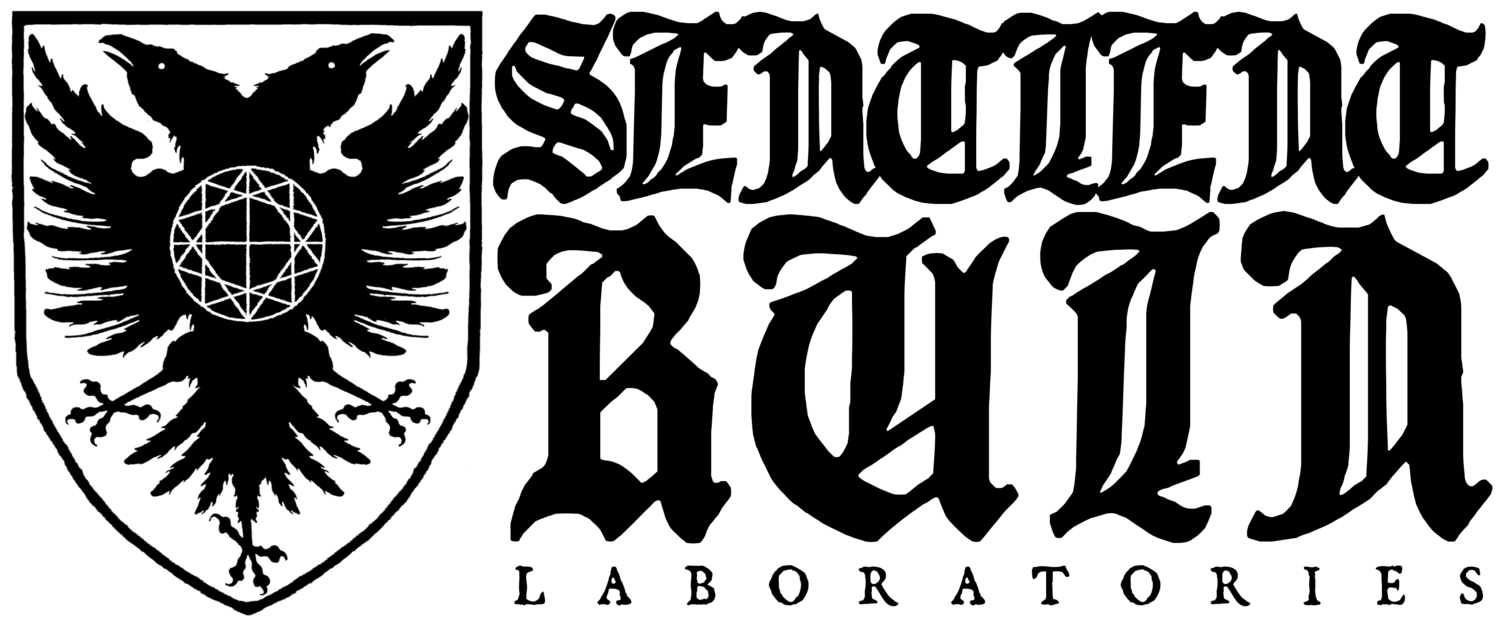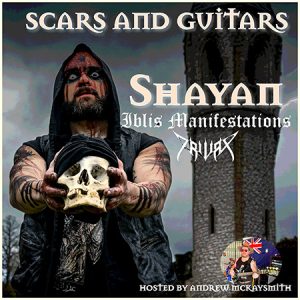Earlier this year, ‘M’, the enigmatic head of Sentient Ruin Laboratories, shared concerning news regarding mounting invoices caused by declining sales, increasing expenses, and an overwhelming order backlog. These revelations sparked apprehension about the label’s future. As a devoted supporter, I have dedicated a significant portion of my monthly music show to featuring their releases. Additionally, I have been actively reviewing their titles through the popular #microreview concept on social media.
Over time, the label’s releases have become the highlights of my music collection. Noteworthy albums like Plague Organ’s “Orphan” have captivated me, prompting me to acquire every available format. Another remarkable release was Decoherence’s “Unitary,” an extraordinary soundtrack that evoked a sense of cosmic grandeur. The label’s unwavering commitment to detail is truly remarkable, reflected in the intricate sleeve designs, specialised die-cut cassette cases, and meticulous packaging and labelling. No aspect is overlooked.
Given my deep admiration for Sentient Ruin Laboratories, I had contemplated approaching ‘M’ for a podcast interview. However, we ultimately settled on a Q&A format. Here it is!
Can you tell me about the founding of Sentient Ruin Laboratories and what inspired its creation?
M: I’ve been passionate about music from an early age and amassed a music collection of vinyl, CDs and tapes since the mid-90s. Over the years, I started to pay closer attention to what I was buying, looking closer at the artwork, the layouts, the materials etc., just becoming more aware, nerdy, and interested in all the aspects of a release aside from the front cover and the music. I would reflect on things I would have done better or differently with releases I bought, and at the same time began to follow more certain labels than the bands, meaning the gateways to the bands were the labels and not the other way around. So I would buy everything a small number of labels would release, mainly Osmose Productions, Aurora Borealis, Cold Meat Industry, Cold Spring, HydraHead, Crucial Blast, and Youth Attack were hugely influential to me and instrumental in developing a vision for my own label which I would fantasise about more and more of starting as years went by. 90’s and 00s Relapse and 80s/90’s Earache were also big influences.
How does Sentient Ruin Laboratories select artists and projects to work with? What criteria do you use to identify such innovative and boundary-pushing music?
M: I like a lot of different music, from Fields of Nephilim and Dead Can Dance all the way to Merzbow and Blasphemy, so really, the label ends up being a container of things projecting outward from my mind, a way to express the things I like at an inner level and the music I release also reflects who and what I am as a music enthusiast, and my personal tastes in an intimate way. There is no other rule for deciding on a release other than genuinely loving what I hear and being excited to work on a release for something I am a fan of.
What has been your most prominent or successful (sales) release?
M: I don’t discuss sales in respect of all the bands I work with, also because the sales or commercial value of a band or a release is a non-existent factor in making release decisions. Releasing music I like to listen to is worth more than any monetary revenue a release can make. A release being financially successful is just a nice side effect if and when it happens.
How does Sentient Ruin Laboratories support its artists beyond releasing their music? Are there any additional resources or opportunities provided to help them further their careers?
M: I try to participate as much as possible in a band’s decision-making, with advice on the artwork, mixing, mastering, helping book shows, designing merch, etc. I do what I can within the possibilities of my time and budget.
What role does visual art play in the aesthetic and identity of Sentient Ruin Laboratories? How do you collaborate with visual artists to create album covers and merchandise designs?
M: Just as important as the music. We’ve developed a circle of artists we love and trust for frequent collaborations who’ve been pivotal in shaping the label’s vision.
What are some of the key genres or styles of music that Sentient Ruin Laboratories focuses on? Are there any particular subgenres or experimental approaches that you find particularly intriguing?
M: Mainly black/death metal, industrial, dark/ritual ambient, crust, grind, hardcore punk and dark experimental shit.
Are there any live events or showcases that you organise?
M: I’ve helped bands with booking over the years, but it’s not a core business.
Can you talk about any plans or upcoming releases?
M: New albums coming from SR alums like Egregore, Decoherence, Sleepwalker, Invultation and Ceremonial Bloodbath (to name a few), as well as a few new entries we’re excited about, like CH’Ahom, Abyssal Rift, Raw War, Abhorrency, Maurda, Kontusion, Ash Prison, and Sulfuric Hatred. Everyone should keep an eye out for URANIUM’s new album “Pure Nuclear Death”, which we have no problem calling the defining and definitive SR release. SR will also have more releases by Altarage and Chaos Echoes.
In an industry that is constantly evolving, how does Sentient Ruin Laboratories navigate challenges and changes within the music industry and the wider world?
M: Simple, and unfortunate, have a real, full-time job on the side. As sad as that sounds to say.
How would you describe the overall vision and mission of Sentient Ruin Laboratories? What do you hope to achieve through your work?
M: An audio-visual representation of absolute darkness, of liminal forms of creativity, genius, and violence which exist, are motivated by and conceived far beyond the plane of mediocre cookie cutting and commercial value.















